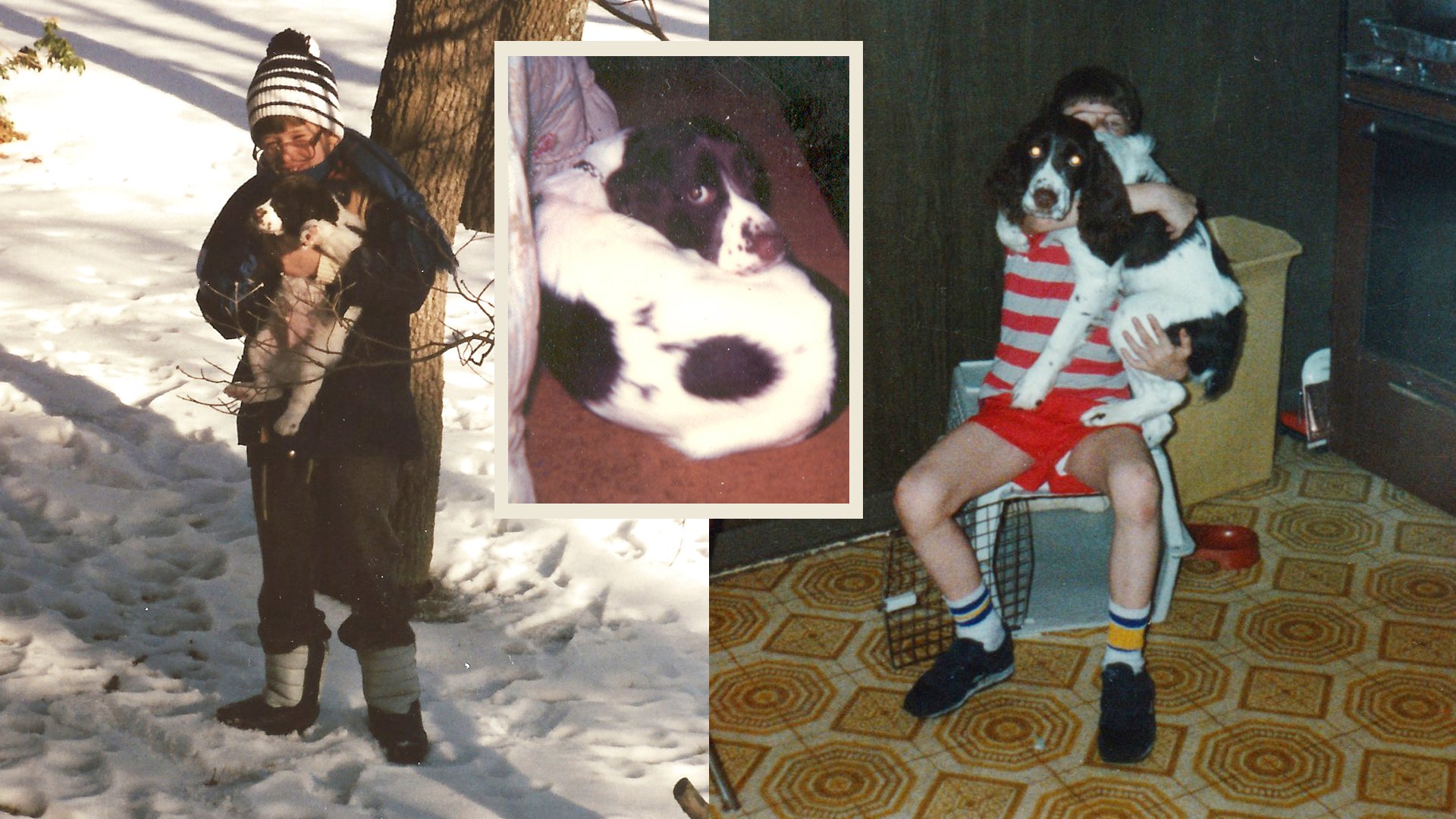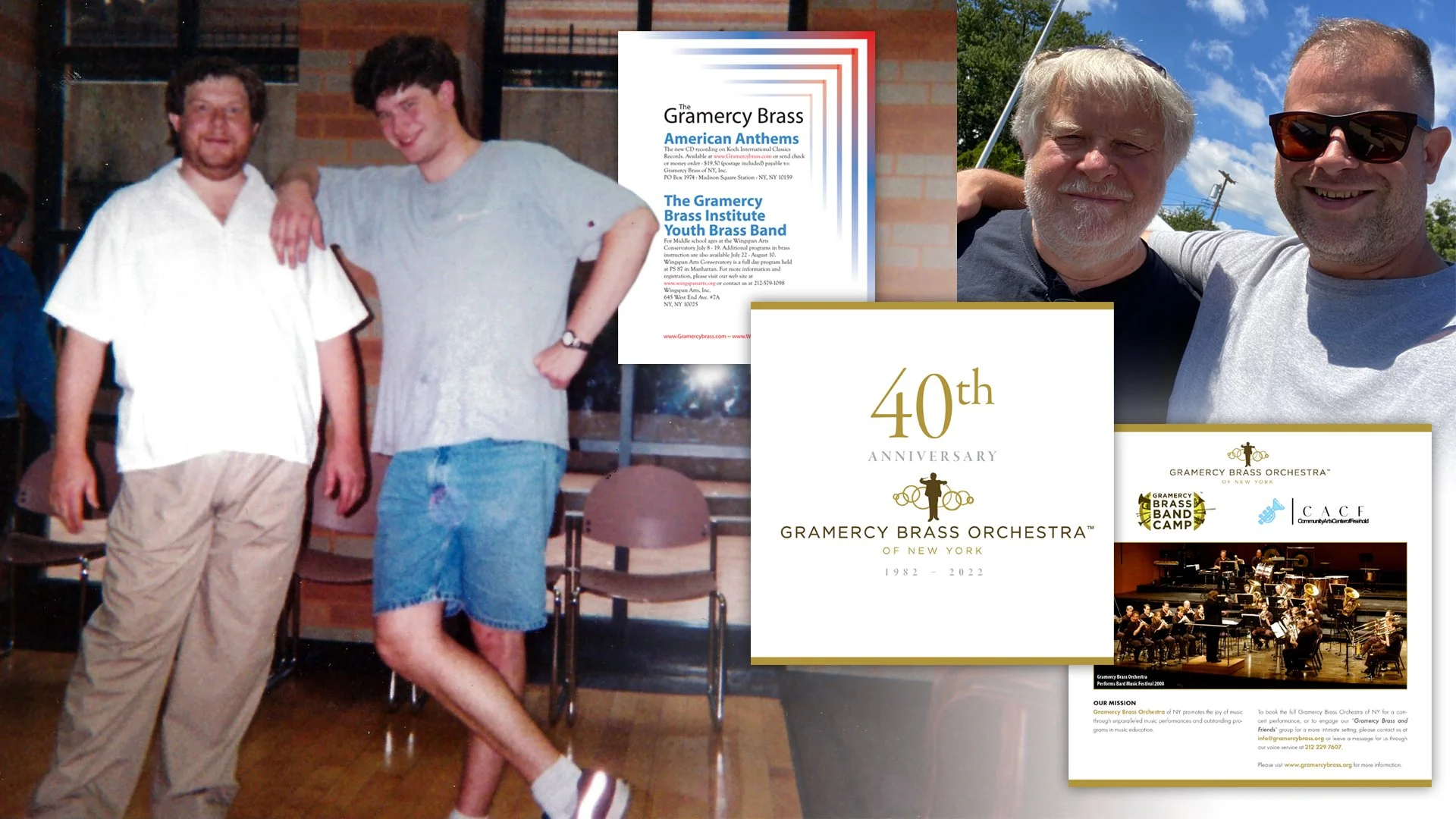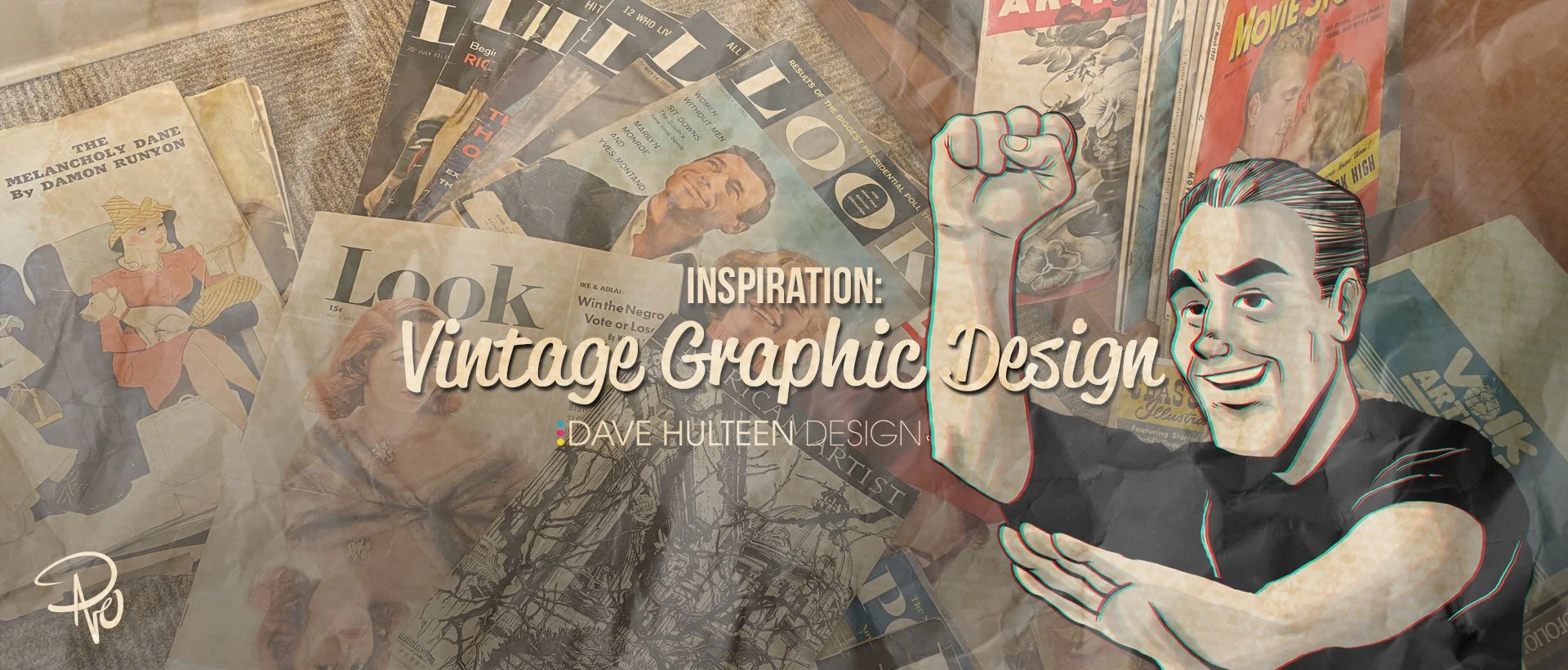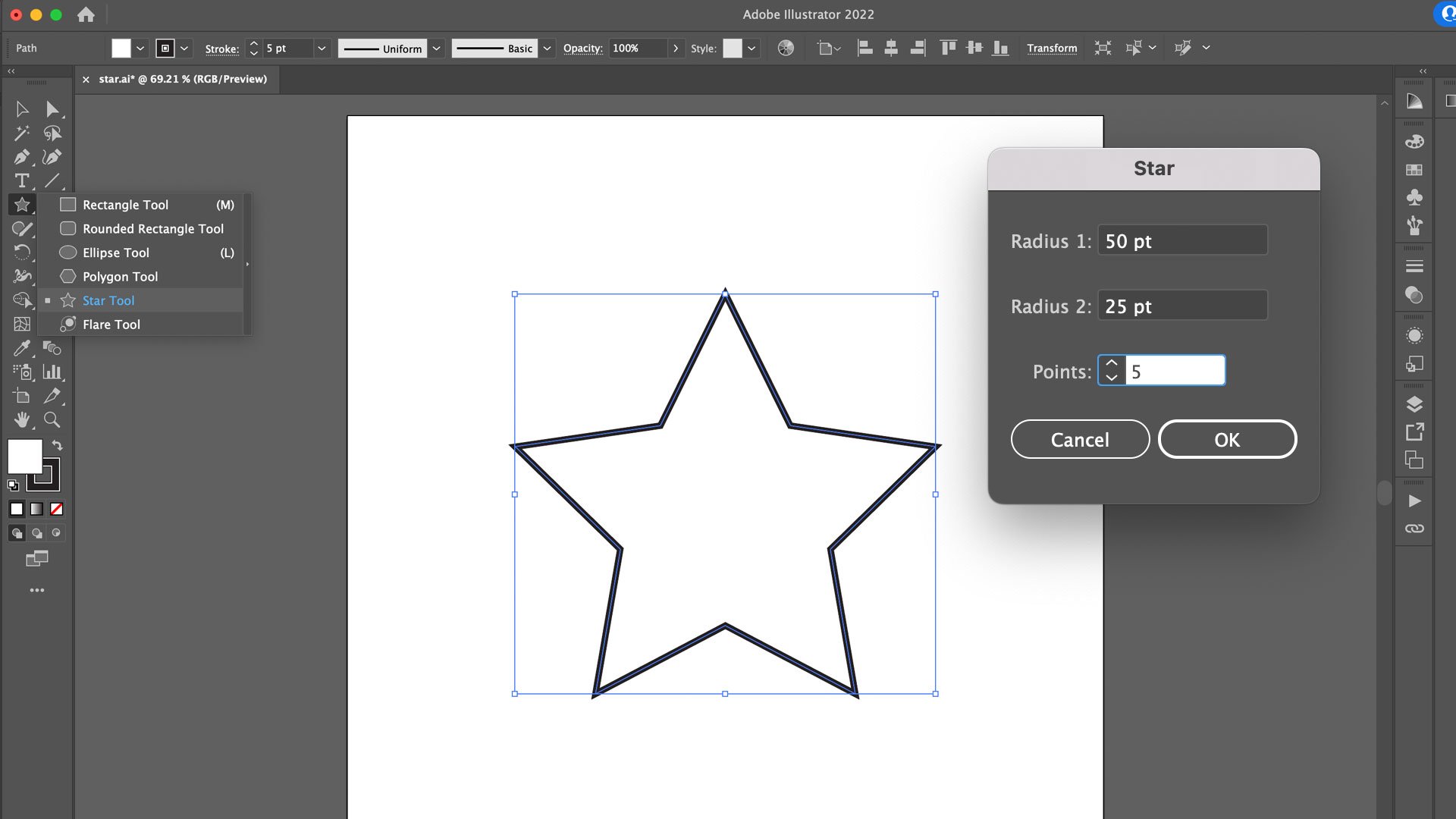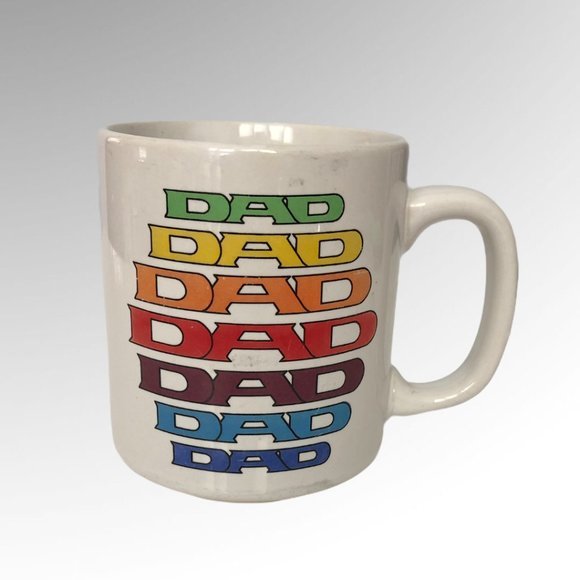Aaaaand that’s about a long enough break from this blog. Let’s get back to it!
This isn’t today’s topic, but I have been feeling disenchanted—or at the very least bored—with drawing lately because I’ve been doing so much of it professionally. This has made my personal time drawing to relax feel tedious and exhausting. You see, even though it’s how I make a living, it’s also something I love to do. The problem is that when you do anything a lot—especially when you have to—it can sometimes feel burdensome. This is a topic I will absolutely write more about soon, but in the meantime I have been trying to rediscover how to rekindle my love for illustrating. These trials have resulted in a lot of fun exercises (all of which I’ll also write about in the near future as well), but none of them were hitting their mark, and neither were previously reliable standards either. It wasn’t until I took things all the way back that I rediscovered my original muse—my childhood dog, Ballington.
1985–86
First off, it’s very important to me you know how to pronounce his name properly. The first part is not pronounced ball like a spherical object you play sports with. It’s softer and lighter like the touristy Indonesian province, Bali (incidententally also Ballington’s nickname). Ballington was my 7th birthday present from my dad who’s primary directive was to name all our pets after (founder of The Salvation Army) William Booth’s children. We also had a dog, Bramwell and a cat, Evie (short for Evangeline). This entire paragraph is substantially more information than anyone would ever care to know for a blog dedicated to art, illustration, graphic design, and creative thinking, but after my Canadian cousin found too much glee teasing me as a child by calling him “Barflington”, it’s become a bit of an idiosyncrasy of mine to over–inform on this one.
Ballington left and me (circa 1983) with Bramwell & Evie right
My creative pool of illustrators at age seven was understandably shallow, promoting cartoonist Jim Davis way above his station as my artistic gold standard. As a result, everything and everyone I drew looked marginally related to Jon Arbuckle. Jim Davis drew Garfield, so I drew Ballington. If you’re a Simpsons fan, there’s a 13th season episode called “I Am Furious (Yellow)” where a cartoonist comes to Springfield Elementary to promote his comic, “Danger Dog” resulting in every single student creating their own derivative work like Danger Cat, Trouble Dog, and Danger Dude. This is a pretty good analogy for how I was inspired to start drawing my dog after admiring daily Garfield strips.
All my favorites including my grandmother (1989), early art of Ballington (mid to late 80s)
I don’t recall ever thinking that drawing comic strips about my hyper–active English Springer Spaniel—who in reality humped any and everything—would be a career choice, but I loved anthropomorphizing him and would include him in absolutely everything all throughout my childhood and well into my adulthood. As a kid, he would express ideas and thoughts I was too sheepish to say myself. He had adventures with his friends, was a perpetual optimist, and wore every emotion he had on his sleeve. While he never strayed too far from his initial Garfield inspired design, he picked up other influences along the way, embracing madcap and overly cartoonish flare, eventually embodied by the 90s resurgence of the Looney Toons and the collective renaissance of animation from films like Who Framed Roger Rabbit? and Aladdin. Like every single other kid who draws, he was an OC (original character) that only mattered to his creator. His dreams would always surpass his reality and be a mega star to an audience of one. Deep down I knew this and when I would see other illustrator friends embrace and promote their own characters, I completely understood that love and pride they had. No one else knew who they were, what they represented, or why they existed, but they were very special to their creators. I think it’s the equivalent of someone extending the life of a security blanket, teddy bear, or in my case; childhood pet.
Various Ballington drawings from the late 80s–early 90s
Ballington would silently star in many personal projects like comics and flip books, as well as play the lead role in college assignments like my first ever vector drawing and gif animation. Bali would accompany my well wishes in a friend’s birthday card, a doodle made for a high school crush, my signature in a classmate’s yearbook, and even a presentation slide for a meeting at my dad’s work. The cartoon Ballington was indestructible, not just as an over stylized, personal mascot, but as a pet too. My family wasn’t able to keep the real life Ballington, and after a few years by my side, he moved up the block to spend the rest of his life with my grandmother. I still took care of him every day, but by then my love for the unnaturally proportioned, puff–chested, illustrated Ballington outweighed his own real life counterpart. Maybe it was an emotional defense mechanism to let him go, maybe it was the imagination of a suburban white boy who spent too much time day dreaming, or maybe it was the safe space of believing the inked version could never die when the writing was on the wall that my real life childhood pet soon would. Loved ones will always come and go, just like life experiences, but the cartoon creation of a seven–year–old is immortal.
Posters I made that hung on my wall as a child, my grandmother again with Ballington (and Bramwell, late 80s), and comic books I made of Ballington from 1988, 1992, and 1994 respectively
Variations and updates to Ballington between the mid 90s through the early 2010s
For a short time, my soon–to–be brother–in–law and I started our own production company that enjoyed a modicum of success. While Ballington was not our collective OC, our small sensation in the form of The Bang and Bump Show put me in contact with so many talented people that I was eventually able to commission the very talented builder James Kemp to make a Ballington puppet. I had to update Bali’s initial design for the obvious reason that I didn’t want Jim Davis to sue me, but also because that old style wasn’t conducive to a three dimensional puppet. James kept me in the loop with things like vacu–forming the eyes, shaving the fur for different styles, and dying the fleece. Having that puppet masterfully built and brought into the real world and off the reams of dot matrix computer paper my father brought home for me to draw on was a surreal moment in my life. I felt like I had completed something that I had always wanted to, and now that it was done, I was able to move on. Ballington was no longer confined to just my imagination anymore, so I effectively stopped drawing him.
Ballington puppet by @jameskemppuppets along with my updated illustration
Until recently.
I’ve always been quick to acknowledge that I never developed my own distinctive artistic style, and Ballington was proof positive of that. But I have learned new techniques and attitudes and was randomly doodling a dog this past week—trying to spark some artistic interest as I mentioned at the top—when I noticed he could kind of look like Ballington… if I wanted him to. It was an exceptionally humbling moment that made me think of the 1993 new age song Return to Innocence by Enigma.
Don't be afraid to be weak
Don't be too proud to be strong
Just look into your heart my friend
That will be the return to yourself
The return to innocence
The doodle–dog that inspired this post, Ballington IRL (as an adult mid 90s), my latest Ballington art and he’s still got it!
What a testament to the immortal imagination of a child. I’ve often thought the best way to grow as an artist of any kind is to push past your ability, leave your comfort zone, embrace your flaws and grow from them; but I never once considered that sometimes it’s the complete opposite. Ballington will most likely never have a weekly comic strip, appear as anything other than a background Easter egg in any media, nor will he break out as the star I always saw him as. I don’t say any of that from a defeatist point of view though. I say that because he’s not for that, he’s not for any of you. Ballington is for me. He always has been, and I’m so grateful to realize that he always will.
I’m hoping to keep this blog relatively consistent again, but the best way to know for sure is to follow me on Instagram and Twitter. You should also follow James Kemp on Instagram @jameskemppuppets as well, and if you’d like a brief but deeper dive into his time building Ballington, he blogged a bit about it too starting back in December, 2013 through March, 2014 that you can read in three parts:
Balli the dog for Dave Hulteen
Update on Bali for Dave Hulteen
Bali completion!

